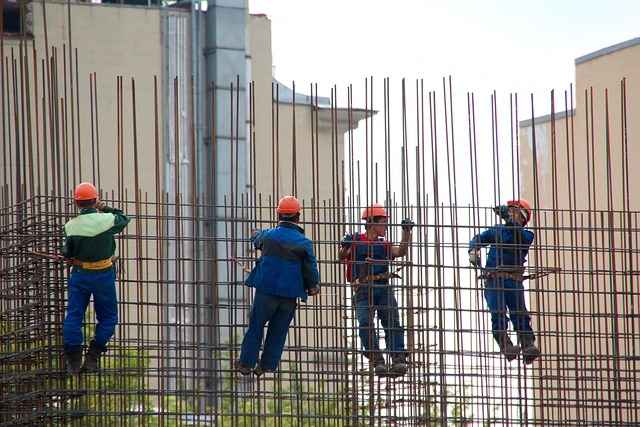
Cast-in-place concrete construction
Published on by Rashid Minhas
Average Read time: 1 minute 37 seconds
Cast-in-place concrete construction, also known as in-situ concrete construction, is a widely used method for creating durable and structurally sound building elements. Here's a deeper dive into how it works and its advantages:
- Process:
- Formwork Preparation: Before pouring concrete, temporary formwork is erected on-site to define the shape and dimensions of the structural element being constructed, such as slabs, columns, beams, or walls. Formwork can be made of wood, steel, or prefabricated panels, depending on the project requirements.
- Concrete Placement: Once the formwork is in place, fresh concrete is poured into the molds and compacted using vibration or other techniques to remove air voids and ensure proper consolidation.
- Curing: After placement, the concrete is allowed to cure and harden to achieve its full strength. Curing methods may include moist curing, curing compounds, or insulating blankets to maintain adequate moisture and temperature conditions.
- Formwork Removal: Once the concrete has reached sufficient strength, the formwork is removed, revealing the finished concrete surface.
- Advantages:
- Flexibility in Design: Cast-in-place concrete construction allows for customization and adaptation to accommodate complex architectural designs, irregular shapes, and unique structural configurations.
- Structural Strength: Concrete has excellent compressive strength and can withstand heavy loads, making it ideal for high-rise buildings, bridges, dams, and other large-scale infrastructure projects.
- Durability: Properly designed and constructed cast-in-place concrete structures can have a long service life and require minimal maintenance, making them a cost-effective choice over the long term.
- Fire Resistance: Concrete offers inherent fire resistance, making it suitable for applications where fire safety is a concern, such as building cores, stairwells, and structural elements.
Cast-in-place concrete construction is widely employed in various construction sectors due to its versatility, durability, and structural performance. While it may require more time and labor compared to prefabricated construction methods, it offers distinct advantages in terms of design flexibility and adaptability to site-specific conditions.